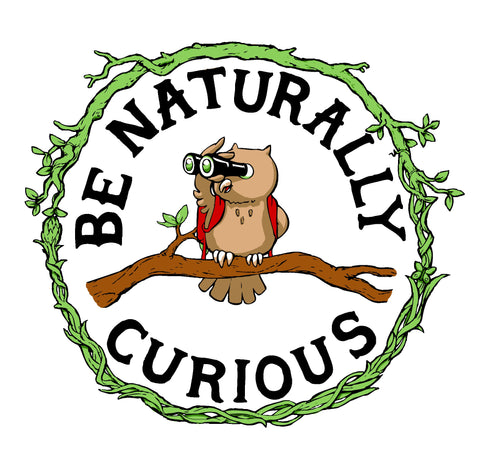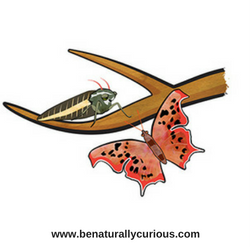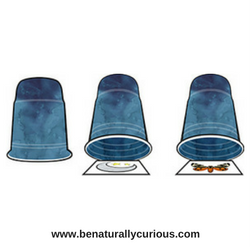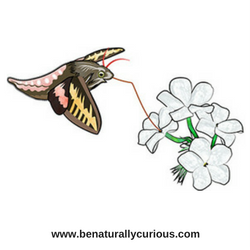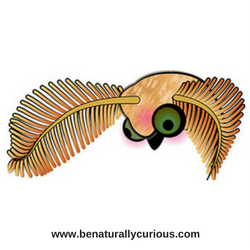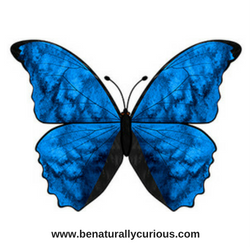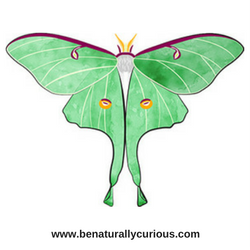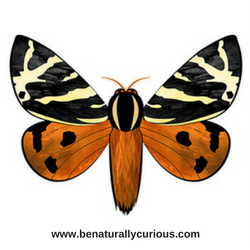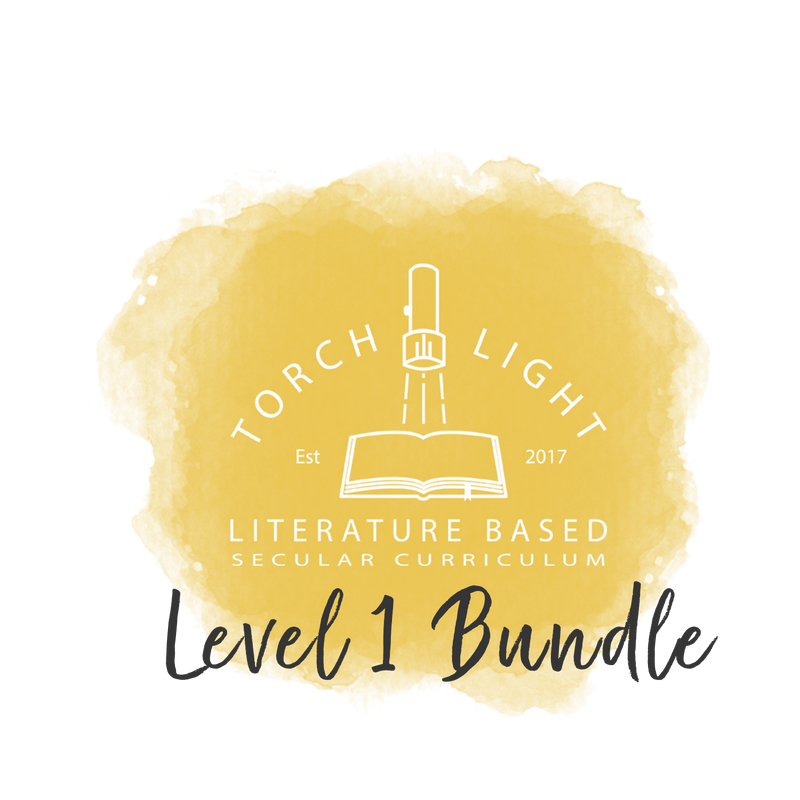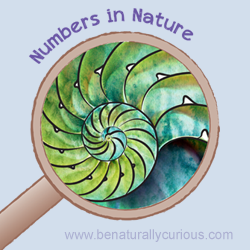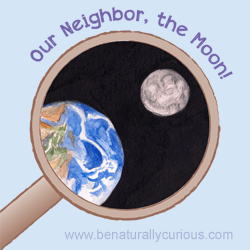A Butterfly's Evening Adventure
Why are butterflies colored so brightly? And how are they different from moths? Explore these questions and more when you come along on A Butterfly’s Evening Adventure. Join Bella the Butterfly and Morty the Moth to learn how butterflies use all sorts of neat strategies such as blending, warning, and flash coloration to escape their predators. You will also learn how butterflies’ and moths’ bodies differ from each other. Not only will you be introduced to lots of beautiful butterfly and moth species, you will be able to learn more about the types that live near your home!
Mini-course is provided as a 34-page PDF including a Science Tool Kit page to use to collect your badges.
Prefer a printed mini-course? A Butterfly’s Evening Adventure is also available as a beautiful workbook here on Amazon.com.
Course Contents
- Story: Bella the Butterfly Meets Morty the Moth. Stay out late with Bella the Butterfly and meet Morty and Luna (both moths). Find out how butterflies and moths are similar to each other in some ways, and different from each other in other ways.
- Activity 1: Day or Night? How well can you distinguish a butterfly from a moth? Find out in this card-matching game.
- Activity 2: Make a Butterfly or Moth. Using our species guides (or your imagination), color in the wing, body, and antennae outlines to create your own paper butterfly or moth.
- Activity 3: Test Your Wings. BE a butterfly or moth! Use flash, blending, and warning coloration to escape from predators in this movement-based game.
- Activity 4: Butterflies and Moths in Your Area.I n this activity we guide you in using online resources to discover some of the butterflies and moths in your area. Use the provided Research Journal and Field Journal pages to make your own observations!
- Curiosity Connector. Use these online resources to explore the world of butterflies and moths further.
- Tools for Your Tool Kit. See if you can answer all the questions about butterflies and moths to earn Tools for your Science Tool Kit.
- Glossary. Learn cool new butterfly, moth, and ecology definitions.
Materials Needed
String, tape, scissors, pencil, crayons, three opaque cups, lightweight cardboard, and T-shirts of different colors
Concepts and Ideas
A Butterfly’s Evening Adventure includes the following Disciplinary Core Ideas as described in the Next Generation Science Standards:
Structure and Function (LS1.A), Information Processing (LS1.D), Adaptation (LS4.C).
Scientific Expert Kira Freed.
Illustrations by Charlie Alolkoy.
